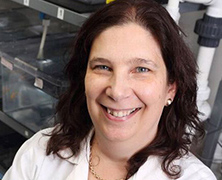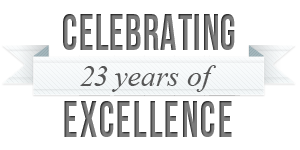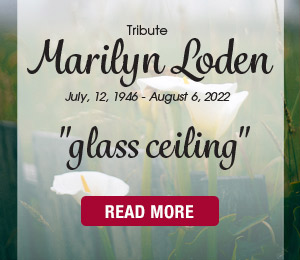PROFESSOR SHOWCASING SCIENCE AND ENGINEERING
CHANGING THE STEREOTYPE IN CANADA
Dr. Tamara Franz-Odendaal runs a successful research lab in skeletal biology and is dedicated to advocating and supporting women in science and engineering while encouraging young girls to consider pursuing STEM careers.
Among her numerous initiatives, Franz-Odendaal spearheaded thecreation of the Atlantic ConnecTions Conference. The biennial conference provides an opportunity for women in Science, Engineering, Trades and Technology (SETT) from Atlantic Canada to share their experiences of studying and working in male-dominated fields, to network with others, and to develop action items with the goal of advancing women in SETT.
She joined Mount Saint Vincent University in 2006 as a Natural Sciences and Engineering Research Council of Canada (NSERC) University Faculty award recipient and has since launched an active productive research program in the field of skeletal biology. She is the NSERC Chair for Women in Science and Engineering for the Atlantic Region (WISEatlantic), working to increase the participation of women in science and engineering in Canada.
In the words of Dr. Tamara Franz-Odendaal:
How can the world increase diversity in STEM fields?
“The best ways to do this are to do a better job educating teachers and parents about how STEM jobs have changed over the last 20 years and that innovative industries are seeking diversity in their workforce. Diversity leads to innovation.”
What barriers are in the way to closing the gender gap in STEM?
“I think the biggest barrier to overcome is unconscious biases as these influence hiring and promotion. The second group of barriers relates to education: Girls enjoy math and science at school but de-select themselves from a STEM career for any of the following reasons: they don’t consider these careers as helping society, they have a narrow view of STEM career opportunities, and they face a stereotype threat (having to challenge the strong male dominated STEM stereotype). We also need to educate boys that girls can enter the STEM workforce in similar ways to themselves. If we can change the STEM stereotype, then we will be able to widen the door for women’s participation in STEM.”
What can be done to move women forward in STEM?
“All hiring and promotion committees should have specific unconscious bias training. Teachers should be educated on the vast opportunities within STEM. The STEM stereotype held by the public needs to change to include and embrace diversity. Men need to be advocates for including women in STEM.”
Words I live by:
“Dream big. Follow your passion. Love what you do!”







